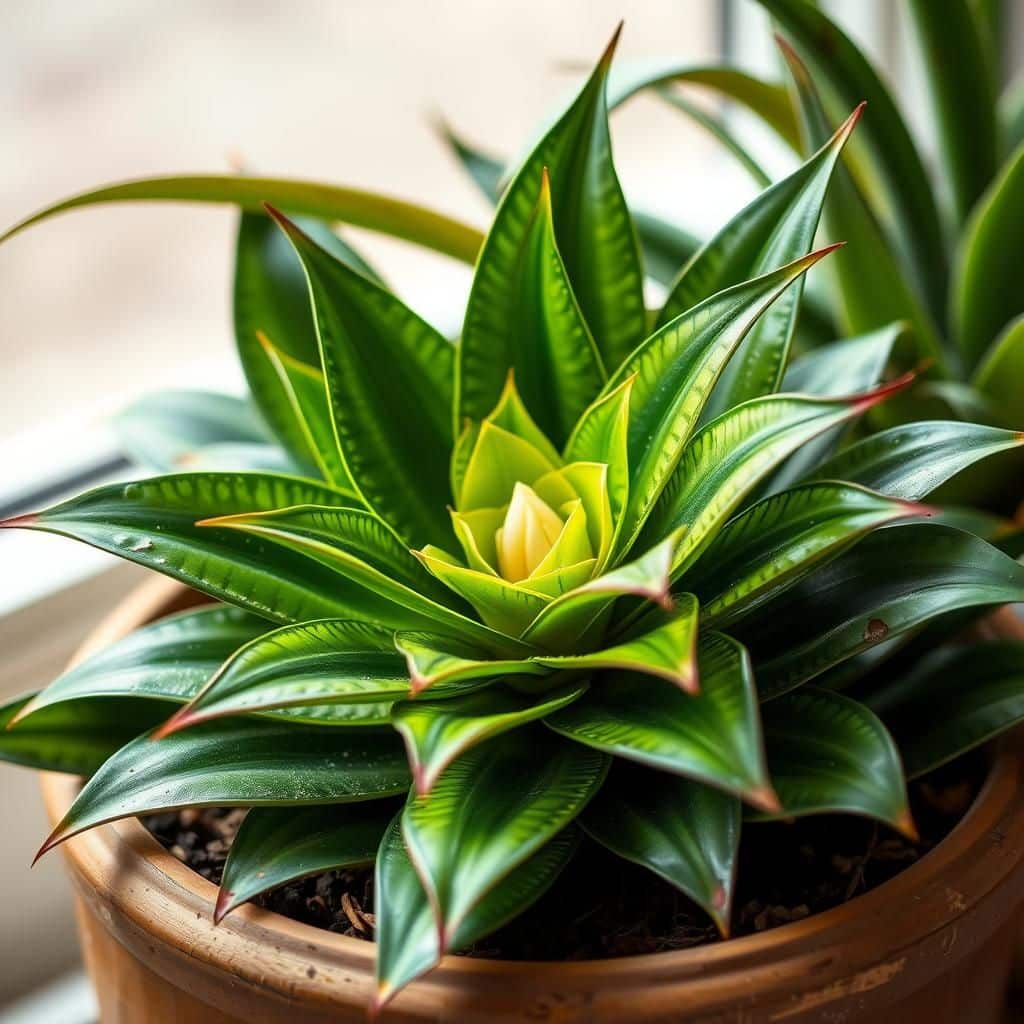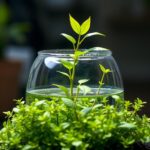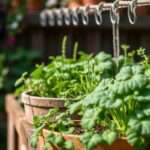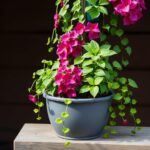Ultimate Guide: How Do You Care for Bromeliads for Thriving Growth

Bromeliads are stunning, diverse plants that can bring a vibrant touch to any indoor or outdoor space. With their unique shapes and striking colors, they are not only visually appealing but also relatively easy to care for, making them perfect for both seasoned gardeners and beginners alike. However, to truly thrive, bromeliads require specific care techniques tailored to their unique needs. In this ultimate guide, we will explore essential tips and best practices for nurturing these exotic plants, ensuring they flourish and enhance your environment. From watering and light requirements to ideal potting conditions, discover how to cultivate strong, healthy bromeliads.
How to Properly Care for Bromeliads
Bromeliads are fascinating plants that require specific care to thrive in home environments. They prefer bright, indirect light and should be watered with either distilled water or water that has been left to sit for 24 hours, as they are sensitive to chlorine and other chemicals found in tap water. It is essential to keep the central cup of the plant filled with water, which helps to maintain humidity and support its growth. Furthermore, Bromeliads like well-draining soil, allowing excess moisture to escape and preventing root rot. Fertilizing during the growing season with a balanced liquid fertilizer can also promote healthy growth and blooming.
Light Requirements
Bromeliads thrive best in bright, indirect light. Too much direct sunlight can scorch their leaves, while too little light can inhibit their growth and flowering. A location near a window with filtered light or a few feet away from a south-facing window is usually ideal. Regularly rotate the plant to ensure that all sides receive adequate light, which encourages a more uniform shape and growth.
Watering Techniques
Proper watering is crucial for Bromeliads, as they have a unique way of absorbing moisture. They typically have a central cup that collects water; it should be filled and maintained regularly. It is recommended to change the water in the cup every few weeks to prevent stagnant water from promoting rot. Using distilled water or rainwater is preferable, as Bromeliads can be sensitive to chemicals found in regular tap water.
Soil and Potting
Bromeliads prefer a well-draining soil mixture to prevent water retention and root rot. A combination of orchid bark, perlite, and peat moss typically works well. When potting, ensure the pot has good drainage holes, and consider using a pot that is not too deep, as Bromeliads have shallow root systems. Repotting rarely is necessary, but it's good to refresh the soil every couple of years to provide nutrients.
See also:
Temperature and Humidity
Bromeliads generally enjoy a temperature range between 65°F to 85°F (18°C to 29°C). They are sensitive to extreme cold, so it’s wise to keep them away from drafts and sudden temperature changes. Additionally, these plants appreciate higher humidity levels. If your home is dry, consider misting the plant or placing a humidifier nearby to create a suitable environment for optimal growth.
Fertilizing Your Bromeliads
During the growing season, usually spring and summer, Bromeliads benefit from light fertilization. A balanced liquid fertilizer can be diluted at half-strength and applied every few weeks. This helps provide essential nutrients, promoting vibrant foliage and increasing the chances of blooming. Avoid over-fertilizing, as this can lead to salt buildup and harm the plant.
| Care Aspect | Recommended Practice |
|---|---|
| Light | Bright, indirect light |
| Watering | Fill central cup with distilled water |
| Soil | Well-draining mix of orchid bark, perlite, and peat moss |
| Temperature | 65°F to 85°F (18°C to 29°C) |
| Fertilizing | Balanced liquid fertilizer every few weeks |
Essential Tips for Optimal Bromeliad Care
To ensure your bromeliads thrive, it's crucial to provide them with the right environment and care regimen. These resilient plants are known for their adaptability, but they still require adequate light, proper watering techniques, and a balanced fertilization schedule. Position your bromeliads in a location where they can receive bright, indirect sunlight, as too much direct light can scorch their leaves. Water them carefully, allowing the central water reservoir to fill while avoiding water retention in the soil. Regularly applying a diluted fertilizer during the growing season will stimulate healthy growth and vibrant blooms.
Watering Techniques for Bromeliads
Bromeliads prefer a methodical watering schedule to maintain their health. It's important to fill the central cup of the plant with water and ensure the soil is moderately moist but not soggy. Overwatering can lead to root rot, while underwatering may cause the leaves to turn brown. Regularly check the water level in the central reservoir, particularly in warmer months, to keep it replenished. Use filtered or rainwater when possible, as tap water can contain chemicals that may harm your plant.
Light Requirements for Healthy Growth
Bromeliads thrive best in bright, indirect light, which mimics their native tropical environments. Too much direct sunlight can lead to leaf burn, characterized by crispy, brown edges. On the other hand, insufficient light will hinder blooming and overall growth. Consider placing your bromeliads near a window covered with a sheer curtain or in a spot that receives plenty of filtered sunlight throughout the day. Monitor their health and adjust their position if you notice signs of distress.
See also:
Choosing the Right Soil Mix
Selecting the proper soil mix is vital for the well-being of your bromeliads. These plants generally prefer a well-draining mix that retains some moisture without becoming waterlogged. A combination of orchid bark, perlite, and peat moss can create an ideal medium that allows for adequate aeration. Avoid traditional potting soil, as it may retain too much moisture and suffocate the roots. Regularly checking the soil for dryness will help ensure your bromeliads have the best conditions for growth.
Fertilizing Your Bromeliads
Proper fertilization is key to promoting healthy blooms and lush foliage in bromeliads. During the growing season, usually spring and summer, apply a diluted liquid fertilizer specially formulated for bromeliads or orchids every four to six weeks. This will provide essential nutrients and encourage vibrant growth. Be cautious not to over-fertilize, as this can lead to leaf burn and weakened plants. When fertilizing, always ensure the soil is slightly moist to prevent root damage.
Pest Management for Bromeliads
Bromeliads can occasionally attract pests such as mealybugs, aphids, and scale insects. Regularly inspect your plants for any signs of infestations, as early detection is critical for effective management. If you notice any pests, gently wash them off with a soapy water solution or use an insecticidal soap specifically designed for houseplants. Maintaining good air circulation around your bromeliads and keeping their leaves clean can also help prevent pest problems.
Questions from Our Readers
How often should I water my bromeliads?
To care for your bromeliads properly, you should water them once a week. Ensure the central cup of the plant is filled with water, as this is how they absorb moisture. During the growing season, you might need to water them more frequently, especially if the air is dry.
What type of light do bromeliads need?
Bromeliads typically thrive in bright, indirect light. While some varieties can tolerate direct sunlight, too much can scorch their leaves. It's best to place them in an area where they receive filtered light, such as near a window with sheer curtains.
See also:
Do bromeliads need fertilizer?
Yes, bromeliads can benefit from a diluted liquid fertilizer, especially during their growing season. It's recommended to fertilize them every 4 to 6 weeks, using a balanced fertilizer at half-strength. This helps promote healthy growth and vibrant flowering.
How do I repot a bromeliad?
Repotting a bromeliad should be done only when necessary, typically every two to three years. Choose a pot that is not much larger than the current one, and use a well-draining orchid mix or a similar medium. Gently remove the plant from its old pot, and carefully prune any damaged roots before placing it in the new pot.

If you want to read more articles like Ultimate Guide: How Do You Care for Bromeliads for Thriving Growth, we recommend you check out our Planter category.
Leave a Reply
Related Articles